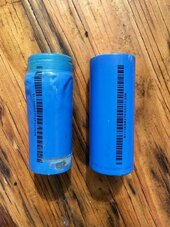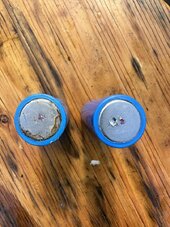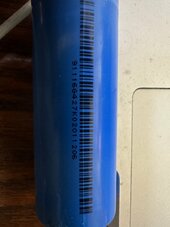ScrotpusGobbleBottom
Corn Pop was a bad dude.
Yes, more or less not worth it and dangerous to use even if everything looks ok.once they sit at 0.0V for awhile they're not recoverable
These are 2 good options. If this battery is alone, with no other batteries in parallel, you could buy the JK BMS and wire it up yourself. This might not be too easy. You would need to either find the balance cables and correctly splice them to the new BMS. Any mess up here could ruin the BMS. You need to know what you are doing. Please do your homework and wear safety glasses any time your are messing with any battery system.So I would replace the Discover BMS with the JK?
I was thinking that I would replace all 15 cells of the group
Buying and spot welding a replacement would probably be easier. The hard part of this is finding a good spot welder. It would not be worth it to me pay $200 for a welder and $300 for 26650's. Also it might not be easy to find a shop to help. I doubt that every Batteries Plus shop has a spot welder.
I would buy the JK BMS. Just my opinion. It depends on how much money you want to spend to make the battery not more ewaste and preserve your investment.








